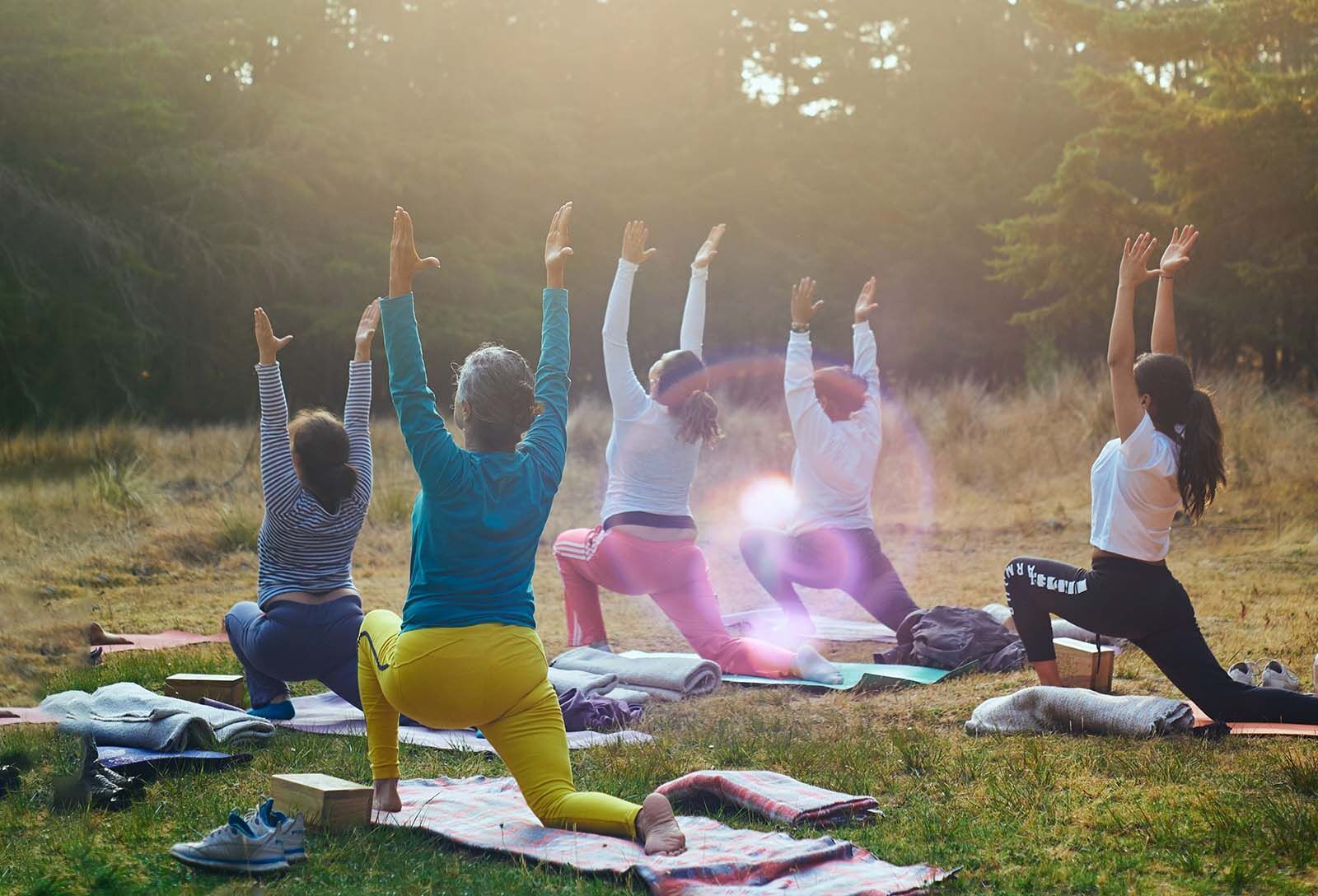
Why Should Seniors Try Yoga?
General Interest
Retirement villages are a perfect way to pick up new hobbies, make new friends and get active. Yoga is no exception. For Auckland seniors looking to improve their mental and physical wellbeing, the stretching, breathing and meditative qualities of yoga can greatly improve their quality of life.
As you will read below, this Eastern philosophy has plenty to offer, particularly within local retirement village facilities.
The Benefits of Yoga for Seniors
Often, yoga is treated as more of a “youth culture fad”, with many seniors thinking that it may not be suitable for them. In reality, nothing could be further from the truth: yoga is a form of exercise suitable for everyone, regardless of age. There are plenty of health benefits available to seniors with an interest in this ancient and somewhat holistic practice. To name a few:
Reduced stress
Yoga provides a soothing way to destress your body, loosening up muscles and enhancing blood flow for increased circulation. These have been known to reduce hypertension, a common problem for seniors that can cause increased anxiety and cholesterol problems. Yoga also reduces your heart rate, blood pressure, and can be used to open your airways more clearly.
Strengthened bones
Yoga has also been known to reduce osteoporosis, a bone condition which makes bones brittle and weak. A common phenomenon as the body ages, yoga can address its onset and allow your bones to remain stronger for longer.
Increase in strength, mobility, balance and flexibility
Yoga is all about balance, both physical and mental. So it’s no surprise to hear that practising yoga will increase your balance, mobility and flexibility. It does this by using slow, careful movements to focus your attention on alignment, strength and rigidity, which in turn produces elevated blood flow to concentrated areas. This is definitely a plus, as increased balance and mobility will decrease falls that can occur with ageing.
Social setting
Seniors need a social setting too, and yoga is one of the ways they can achieve this. Getting out there and mingling with like-minded friends provides an additional motivation for seniors to participate, as yoga is often a group activity. Interactions with other people who share your new hobby will improve your mental health significantly, as sociability is one of the main best ways to avoid depression, anxiety, and loneliness.
Better sleep
Yoga can aid in reducing sleep disturbances, which are commonly reported amongst seniors. Insomnia, sleep apnea and in some cases, sleepwalking, can significantly decline with daily yoga practice. This is because yoga increases mood stability and clears up airways, allowing for clearer breathing and increased oxygen to the brain. This in turn diminishes stress, leading to deeper and more fulfilling sleep patterns.
Increased mental strength and wellbeing
Seniors who practice yoga have been known to report an increase in their outlook and wellbeing, both due to the mood-boosting qualities of this exercise and the social aspects of yoga training. This is because of the increased physical stimulation which promotes additional blood flow to the brain, lessening the risk of mental health issues such as depression and anxiety. Concentration and memory improvements can also be further benefits after taking up yoga.
How to Get Started
There are multiple ways to get involved with yoga, even if you’re a beginner. Some retirement villages in Auckland offer many resources to help you find yoga practices that work for you, including poses that fit with your age, any health conditions you might have, and your experience level.
1. Evaluate your physical health
You’ll want to jump into it right away, but the truth is, some poses aren’t advisable for people with certain health conditions. People with glaucoma, for example, should avoid inverted bodily or “head-down” poses like ‘downward facing dog’, as they can cause increases in eye pressure.
Speak to your health practitioner, doctor and yoga instructor about any potential causes for concern before you unroll your yoga mat.
2. Dress appropriately
Dressing appropriately is vital to any exercise, as you won’t want to restrict movement. Fitted but slightly loose tops, joggers and perhaps non-slip socks work best (though yoga is typically performed barefoot).
3. Start slow
To really reap the benefits of yoga, you should gently ease into it. This especially works if you’re trying to maintain, or build, flexibility.
Getting enough rest after poses, and not rushing into new ones, can also help. It’s also advisable to wait before adding new movements so your body won’t feel overwhelmed. Unlike most other group exercises, yoga is not about keeping up with the rest of the room – you can take it slowly and go at whatever pace is right for you.
Share this article via:
